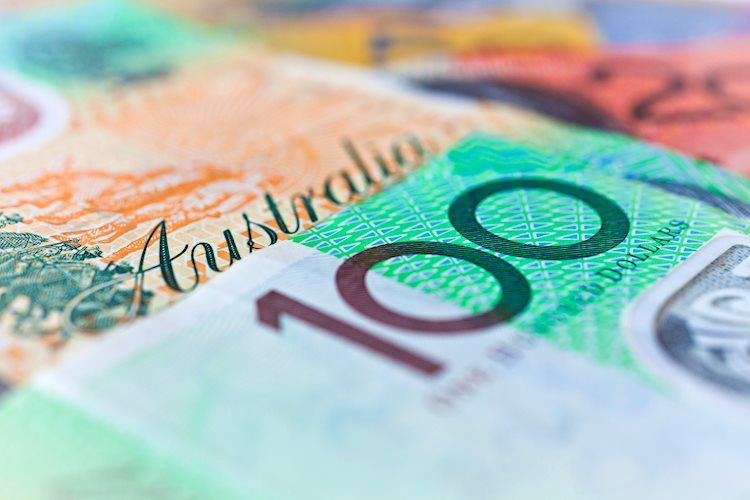During the four-day decline, sellers of the AUD/USD currency pair attack the intraday low.
In May, Australia’s trade balance improved as both imports and exports increased.
Stock futures hold strong near record highs as the US currency shrugs off lower Treasury yields.
The US ISM Manufacturing PMI is being watched ahead of the NFP, and risk catalysts remain the most important factor.
Following the day’s important data release from Australia early Thursday, the AUD/USD trades around 0.7485, down 0.16 percent intraday. As a result, the Australian pair falls for the fourth day in a row, testing the yearly low as the coronavirus (COVID-19) supports the pair sellers.
The headline Trade Balance in Australia fell below the 10,000-million-dollar prediction to 9,681-million-dollars, but remained over the 8,028-million-dollar mark. However, both Exports and Imports increased from earlier readings of +3.0 percent and -3.0 percent to +3.0 and +6.0 percent, respectively.
Read more: Australian Trade Balance: Exports Soar 6% MoM, AUD Stalls
It’s worth mentioning that China’s Caixin Manufacturing PMI, which fell to 51.3 from 51.8 projected and 52.0 previously, is also putting downward pressure on the pair.
Read: China’s Caixin Manufacturing PMI fails expectations in June, but the AUD/USD remains unaffected
More than the conflicting data, Australia’s covid troubles are weighing on the AUD/USD exchange rate as the country battles to contain the variant outbreak despite delayed vaccinations. According to the most recent ABC News updates, there were no new cases in New South Wales (NSW), Victoria, or South Australia (SA), however there was a surge in infections in Sydney and Queensland. The story stated, “To date, Australia has registered 30,457 confirmed cases of COVID-19, including 907 deaths.”
The Australian traders may also be concerned by policymakers’ continued refusal to utilize AstraZeneca due to blood clotting concerns, despite being behind on inoculations.
In other news, the United Kingdom reported the highest number of covid infections in 2021, while Indonesia declared a virus-related emergency from July 2 to 20.
It’s worth noting that President Xi Jinping’s words from Tiananmen Square weigh on AUD/USD pricing as an indirect threat to risk appetite, given that he is also the leader of Australia’s largest consumer. “To implement ‘one country, two systems’ in Hong Kong and Macau,” China’s Xi stated emphatically.
S&P 500 futures are up slightly, but US 10-year Treasury rates are down 2.5 basis points to 1.46 percent. However, as of press time, the US dollar index (DXY) is still hovering around the two-month high.
Moving on, the US ISM Manufacturing PMI will be the most important data to follow for the rest of the day, but headlines and Fedspeak may also influence AUD/USD movements, more to the south than otherwise.
Check out the ISM Manufacturing Index in the United States. June’s Highlights: Although expansion is expected to continue, how serious is the labor shortage?
A decline from the 0.7600 level follows a definite drop past the 200-day moving average, keeping AUD/USD bears focused on the year low near 0.7475 and the high around 0.7415 in August 2020. Meanwhile, any bounce below the 0.7565 level, which includes the 200-DMA, is meaningless./n





